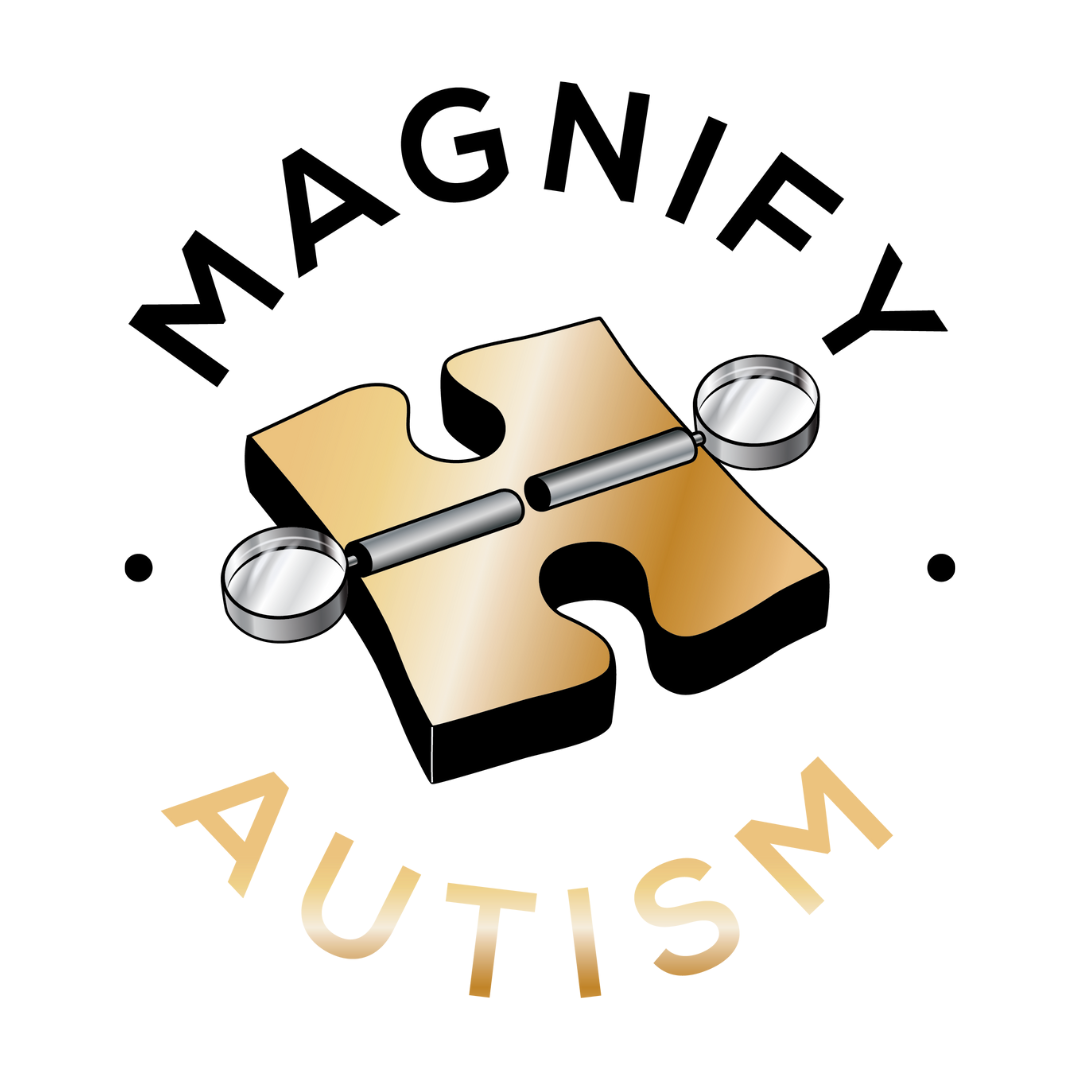Autism Data & Statistics in the United States
COMMUNITY REPORT ON AUTISM 2020
A Snapshot of Autism Spectrum Disorder among 8-year-old Children in Multiple Communities across the United States in 2016.
Data compiled by the ADDM Network.
To see the full summary, CLICK HERE.

1 in 54
8-YEAR-OLD CHILDREN IDENTIFIED WITH ASD IN 2016
About 1/3
OF CHILDREN WITH ASD ALSO HAD AN INTELLECTUAL DISABILITY
Executive Summary
For more than two decades, CDC’s Autism and Developmental Disabilities Monitoring (ADDM) Network has been tracking the number and characteristics of children with autism spectrum disorder (ASD) and other developmental disabilities in diverse communities throughout the United States.
The 2020 Community Report on Autism highlights the ADDM Network’s most recent findings on ASD in 8-yearold children, showing that the estimated percentage of children identified with ASD is higher than in previous reports. In 8-year-old children, about 1.85%, or 1 in 54, were identified with ASD in 2016, based on tracking within 11 communities in the United States. While these findings indicate that there continue to be many children living with ASD who need services and support, now and as they grow into adolescence and adulthood, they also offer good news that screening and awareness continue to identify children who will benefit from services.
Key Findings At-A-Glance
These findings are based on the analysis of data collected from the health and special education records (if available) of 8-year-old children who lived in one of 11 different areas throughout the United States in 2016.
• The estimated percentage of 8-year-old children identified with ASD is higher than previous estimates from the ADDM Network.
• For the first time, ADDM Network data found no overall difference in the number of black children identified with autism compared to white children. However, the number of Hispanic children identified with autism is still lower compared to white or black children.
• Overall, progress has been made toward the Healthy People 2020 goal of increasing the percentage of children with ASD who receive their first developmental evaluation by 36 months.
• More children who were born in 2012 received an ASD diagnosis by 4 years of age compared to children born in 2008. K
Frequently Asked Questions About the ADDM Network Data
HOW WAS THIS INFORMATION COLLECTED?
The ADDM Network uses a systematic record review method. Specifically, the information reported by the Network is based on the analysis of data collected from the health and special education records (if available) of 8-yearold children who lived in one of 11 different areas throughout the United States in 2016.
WHERE WAS THIS INFORMATION COLLECTED? WHICH CHILDREN DOES IT INCLUDE?
Tracking area Specific areas of Arizona, Arkansas, Colorado, Georgia, Maryland, Minnesota, Missouri, New Jersey, North Carolina, Tennessee, and Wisconsin (see ADDM Network site pages for more information).
WHAT IS THE KEY TAKE-AWAY MESSAGE?
There continue to be many children living with ASD who need services and support, both now and as they grow into adolescence and adulthood. Efforts to ensure that all children with ASD are evaluated and diagnosed as early as possible can help them be connected to the services they need.
A Deeper Dive
For every girl identified with ASD
4 BOYS WERE IDENTIFIED
52.2 %
OF 8 YEAR OLDS TESTED WERE WHITE
How Can You Use the ADDM Network Findings?
THESE FINDINGS CAN BE USED IN LOCAL COMMUNITIES AND NATIONWIDE TO ADVANCE INITIATIVES, POLICIES, AND RESEARCH THAT HELP CHILDREN WITH ASD








